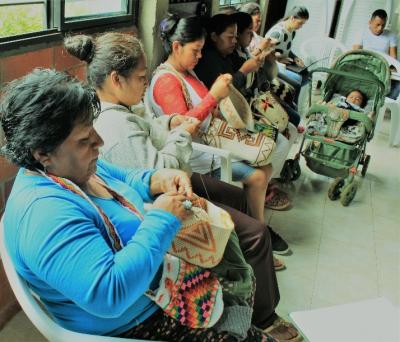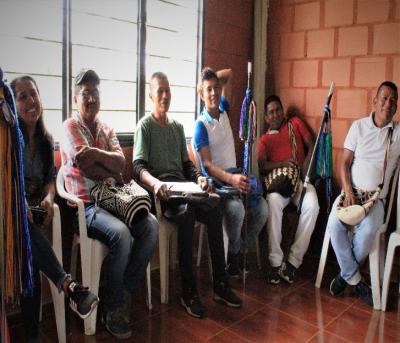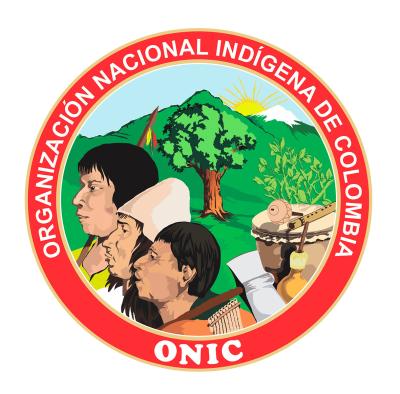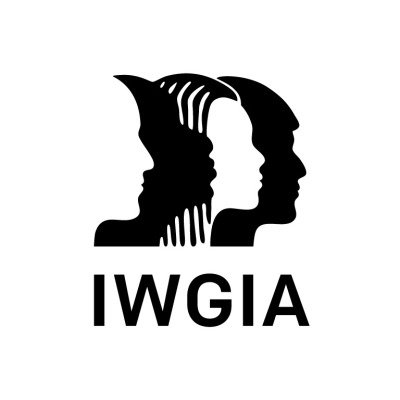Colombia: Pilot Projects address community needs

Implementation of the Indigenous Navigator project in Colombia.
The Indigenous Navigator in Colombia has been an essential tool for indigenous peoples, especially of the Resguardos[1] of Toez and López Adentro located in the department of Cauca, in the southwest of the country. Through it they have been able to monitor the recognition and implementation of their rights. In addition to being able to count on data obtained from the community survey, the Indigenous Navigator has allowed them to better understand and communicate the realities that are experienced on a daily basis in their communities.
Formulation of pilot project proposals addressed to the SDG's reach
During the first half of 2019, the Resguardos of Toez and López Adentro Cauca formulated and developed proposals for pilot projects based on the outcomes of the Indigenous Navigator’s surveys. These projects also address the SDGs, while ensuring that the Nasa people’s own vision is taken into account. The joint development of the pilot projects was a community initiative, where the increased cooperation and excellent teamwork of these resguardos have been demonstrated. A powerful outcome of this process has been the strengthening of the structures of the resguardos own government.
According to the above, the communities have established the following as their key priorities:
1. Artisans "Toez Vive"
This initiative is born of the need reflected in the survey of the Indigenous Navigator, where the Nasa women have reported that they are discriminated against for being indigenous women, that they have been denied the opportunity to have a decent job, with wages, as well as access to basic or higher education. According to the above, the women decided to group together and devise a strategy that would seek a solution to these challenges.
Artisans Toez Vive seeks to train and build local capacity between crafts makers, exchanging knowledge and practices on typical Nasa crafts. The initiative also aims to strengthen ancestral knowledge structures and economic activities through this production. Nasa women are particularly invested in the opportunity to recover the fabrics, designs and cosmology reflected in this work, which will also be shared to the younger generations.
2. Strengthening and recovery of traditional community production and work systems for biodiversity recovery, organic production and self-sufficiency.
The Resguardo of Tóez, located in the north of the department of Cauca, jointly designed a proposal aimed at strengthening its own economic and agricultural capacity in order to achieve the Sustainable Development Goals. The tools and surveys of the Indigenous Navigator identified that food security and especially food quality was a priority. Thus, the community has proposed a project that on the one hand, generates income for its inhabitants and on the other, helps to ensure a better quality of life through the consumption of healthy, chemical-free foods. The community sees this project as a key step in overcoming the degree of poverty and malnutrition that has been perceived in the community.
The proposal made by the community aims to produce and market red tilapia to neighbouring resguardos and in the long term to nearby cities. Aquaculture is typical of the Nasa people, however as a result of globalization and economic pressures it had been lost. The authorities, the elderly, women, youth and the community, in general, have decided to give impetus to this initiative that directly benefits the inhabitants of this resguardo.
3. Production of organic, ecological and healthy fertilizers to invigorate community development, directed towards the strengthening of the productive units of the Resguardo of López Adentro.
The results of the Indigenous Navigator’s surveys have allowed the inhabitants of López Adentro's resguardo to identify and prioritise action related to the indiscriminate use of pesticides, and toxic chemicals in traditional family and community crops in the north of the Department of Cauca. Further, the community recognises the dangers posed by the industrial use of the same chemicals that surround the indigenous community of López Adentro. These chemicals have endangered the health of both the population and the animals who inhabit it. Indeed, pollution of soils, water and thus agricultural products is a situation that not only negatively affects the quality of life, but also has a major impact on the social and cultural fabric of the Nasa people. The Community Survey of the Indigenous Navigator allowed the Resguardo of López Adentro to identify the poor nutritional quality of the food stocks their territory, in particular, and among the Nasa people of the North of the department of Cauca.
The surveys allowed the community to identify the threat of poor nutrition, especially in early childhood, and to recognize the tremendous negative impact it has on their physical and mental development. In addition, this pollution and its knock-on effects have an impact on the gradual loss of their traditions and customs, which are based precisely on cultivation practices which ensure diverse, clean, ecological and organic biomes.
In this context, the community has decided to act to strengthen autonomy and food sovereignty, creating for this purpose the Kwe'sx Tul project and, as one of its components, the production of organic, ecological and healthy fertilizers in order to spur community development. The proposal aims at strengthening the productive units of the López Adentro Indigenous Reserve and the families that make up the local Huertas.[2]
What is expected for the second half of 2019?
Looking forward our local partners and national partners in Colombia plan to increase their search for strategic partners to join the ILO and EU’s initiatives aimed at achieving the SDGs. Further, they plan to build on the pilot projects being implemented in the Toez and López Adentro communities to implement community strategies to safeguard and advocate for their rights, especially those which have been violated such as their right to food autonomy and the preservation of their traditional forms of production. Through talks, political advocacy meetings, and training on Human Rights among other activities, the documentation of the human rights situation and development of the Nasa peoples of North Cauca will be heard.

Nasa women from the guard of López Cauca participating in a meeting in which the pilot projects were defined and elaborated to work, among them the "Strengthening to the fabric of the Nasa people"

Authorities of the lobby of Lopez Adentro gathered analysing the results of the Indigenous Navigator Surveys
[1] A Resguardo is a legal institution formed by a recognized territory of a community of Amerindian descent and governed by a special statute;
[2] Huerta – small family farming plot, garden or orchard.


Contact
